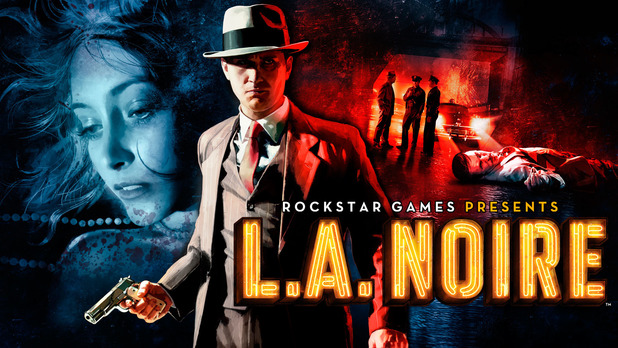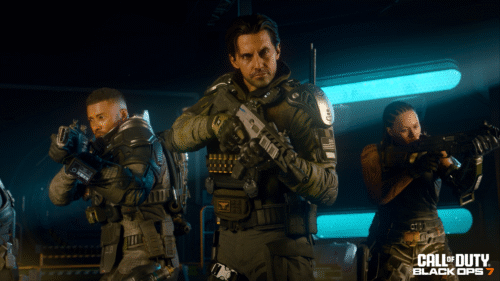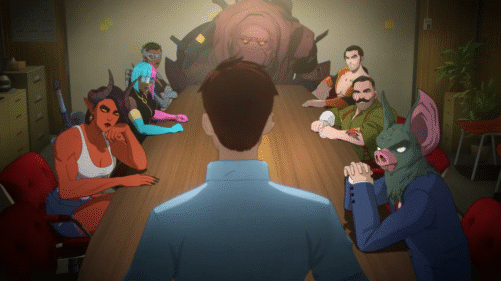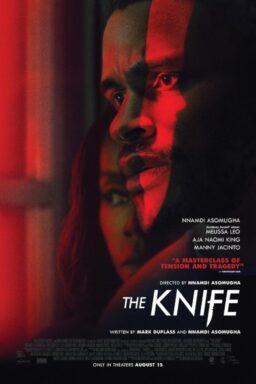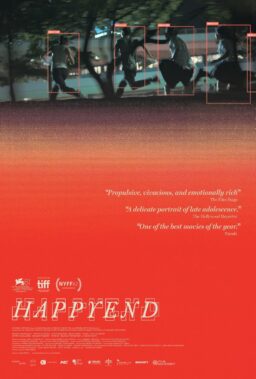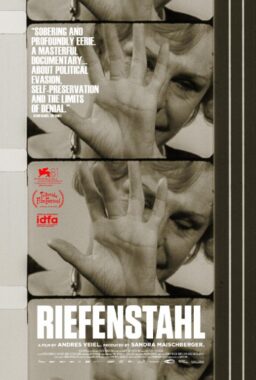When Rockstar Games released “L.A. Noire” in 2011, The Guardian wrote, “”Ever since it first worked out how to assemble pixels so that they resembled something more recognisable than aliens, the games industry has dreamed of creating one thing above all else—a game that is indistinguishable from a film, except that you can control the lead character. With ‘L.A. Noire,’ it just might, finally, have found the embodiment of that particular holy grail.”
Arriving after the interactive film that was 2010’s masterful “Heavy Rain,” “L.A. Noire” offered a new kind of video game, something that felt closer to film than we had ever seen previously. With blatant cinematic references, recognizable performers, and linear storytelling, “L.A. Noire” was, for better or worse, as close to film as video games had been to that point. And its importance to the current era of gaming is even clearer now, six years later, as the game has been released for the Nintendo Switch, where it plays better than ever before.
“L.A. Noire” takes place in Los Angeles, of course, in 1947. You play Cole Phelps, beautifully motion-captured by Aaron Staton of “Mad Men,” who starts as a low-level cop in the city of angels but works his way up distinguished detective, hustling the increasingly-crowded case docket of the vice squad. The story of the game borrows heavily from famous cop film noirs like “The Naked City,” “Chinatown,” and “L.A. Confidential,” and the developers even used overhead shots of the city in 1947 to try and get the architecture of their open world vision of L.A. as accurate as possible. Gaming moves so quickly that some of the visual and gameplay elements of “L.A. Noire” already looks dated, but that’s a more forgivable flaw on the Switch than say a PS4 Pro, where one expects 4K visuals. Coming on the heels of the masterpieces “Red Dead Redemption” and aformentioned “Heavy Rain,” “L.A. Noire” felt like a bit of a letdown in 2011. But it actually plays better now on the Switch than it did back, its inconsistencies and visual flaws easier to forgive both on the platform and through the lens of nostalgia.
What’s so interesting about “L.A. Noire” with the benefit of hindsight is how closely and blatantly tied to the world of film the game seems. Some video game developers and even hardcore fans of the medium try to disassociate the two, but we began covering video games here on RogerEbert.com this year because of how increasingly tied the formats feel. And it’s curious to see “L.A. Noire” as one of those building blocks that led to deeply cinematic games like “The Last of Us” and “Uncharted 4: A Thief’s End.” This was the first game to actually be included in the Tribeca Film Festival, at which an extended preview was played for audiences and then gameplay unfolded like a feature film. I’m sure some cinema purists scoffed at the idea of watching someone else play a video game at a film festival, but it’s easier to see that less as a stunt now and part of an evolution in both forms. Video games owe more to film than ever before and film has certainly cribbed from successful video game franchises. Playing “L.A. Noire” in 2017 reminds one of these connections, ones we hope to explore more in the upcoming video game year and beyond.

